The steel and alloy hybrid materials for mountain bike cassette sprockets excel in durability and weight. They provide mountain bikers with a more reliable and efficient riding experience through advantages such as high strength, wear resistance, impact resistance and lightweight design.
As a traditional material for sprocket manufacturing, steel's high strength characteristics ensure that the sprocket can work stably in the complex and changing mountain riding environment, resisting the strong torque and periodic load transmitted by the chain. Wear resistance means that even during long-term riding, the sprocket surface can maintain a good shape, reduce the chain skipping or slipping caused by wear, and ensure smooth power transmission. The addition of alloy elements, such as chromium, nickel, molybdenum, etc., can not only enhance the hardness of steel, but also improve its wear resistance, so that the sprocket can maintain long-term durability under harsh riding conditions.
The terrain in mountain riding is changeable, and the impact and vibration between the chain and the sprocket are inevitable. Steel and alloy hybrid materials, with their excellent impact resistance, can effectively absorb and disperse these impact forces, reduce stress concentration inside the sprocket, and prevent cracks from forming and expanding. This property is essential for extending the service life of the sprocket, as it ensures that the sprocket maintains structural integrity and functional stability after countless impacts and vibrations.
Heat treatment is an important means to improve the performance of steel and alloy materials. Through quenching, the sprocket material can obtain high hardness and high strength during rapid cooling while maintaining a certain toughness. Tempering can reduce the internal stress and brittleness generated after quenching to a certain extent and improve the comprehensive mechanical properties of the material. The combined use of these processes can further optimize the internal structure of the sprocket material, making it have excellent wear resistance and impact resistance, and maintain good stability and reliability in long-term use.
With the advancement of technology and the increasing demand for lightweighting among riders, the design of modern mountain bike sprockets pays more and more attention to lightweighting. Although steel has a high density, by adopting advanced manufacturing processes (such as precision forging, pipe drawing technology, etc.), excess materials can be removed while ensuring strength to achieve weight reduction. In addition, the addition of alloying elements can not only improve the performance of the material, but also reduce its density to a certain extent, thereby further reducing the weight of the sprocket. This lightweight design not only helps to improve the overall performance and handling of mountain bikes, but also reduces the physical exertion of riders and improves riding comfort and efficiency.
The optimization of material ratio is an important part of sprocket design. By precisely controlling the content and ratio of steel and alloying elements, the best lightweight effect can be achieved while ensuring the strength and durability of the sprocket. This optimization requires not only the designer to have an in-depth understanding of the performance of the material, but also to verify the performance of the sprocket under different ratios through a large number of experiments and tests. The ultimate goal is to find an optimal material ratio scheme that meets both performance requirements and lightweight goals.
What are the advantages of steel and alloy hybrid materials for mountain bike cassette sprockets in terms of durability and weight?
Product Consultation
Search
Categories
Recent Posts
If you have any questions, please fill out the contact form at the bottom of the page and contact us.
-
 Mini Rear Hub Small Motor
Mini Rear Hub Small Motor
-
 2x9S Bicycle Trigger Shifter
2x9S Bicycle Trigger Shifter
-
 2x8S Bicycle Trigger Shifter
2x8S Bicycle Trigger Shifter
-
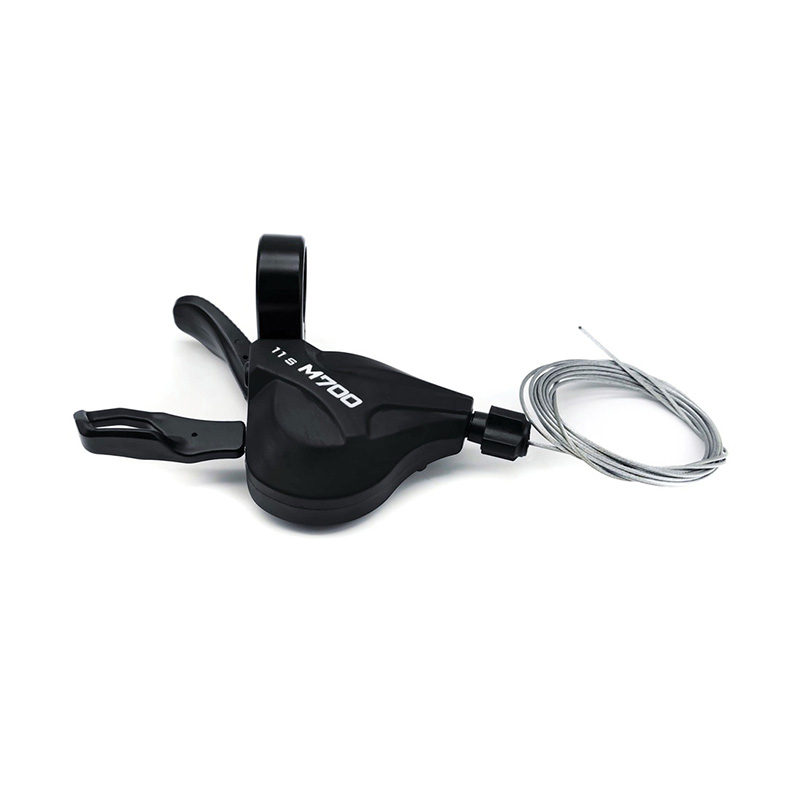 1x11S Bicycle Trigger Shifter
1x11S Bicycle Trigger Shifter
-
 3x8S Bicycle Trigger Shifter With Brake Lever
3x8S Bicycle Trigger Shifter With Brake Lever
-
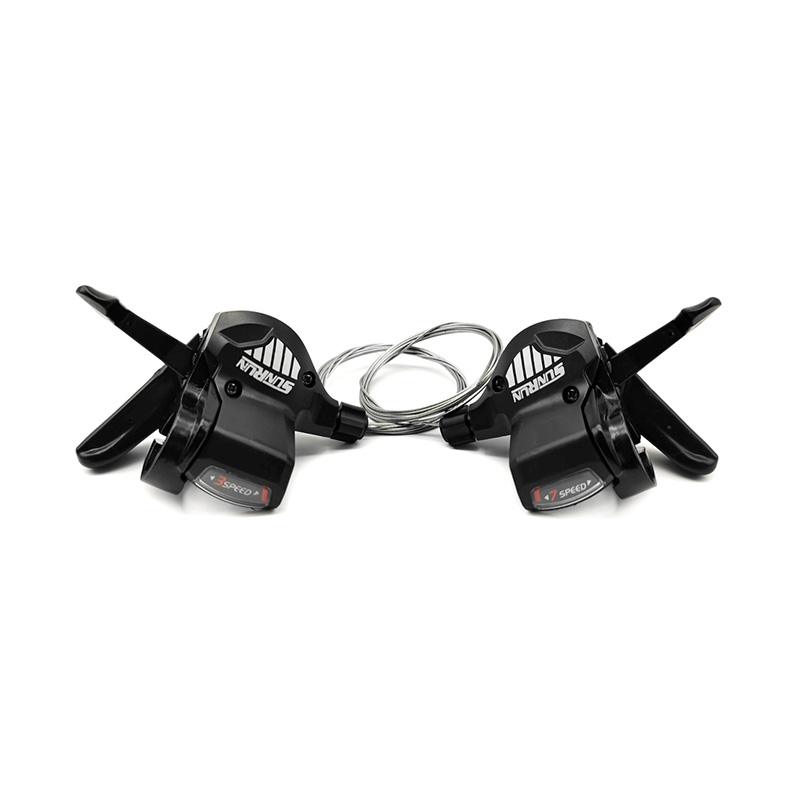 3x7S Bicycle Trigger Shifter
3x7S Bicycle Trigger Shifter
-
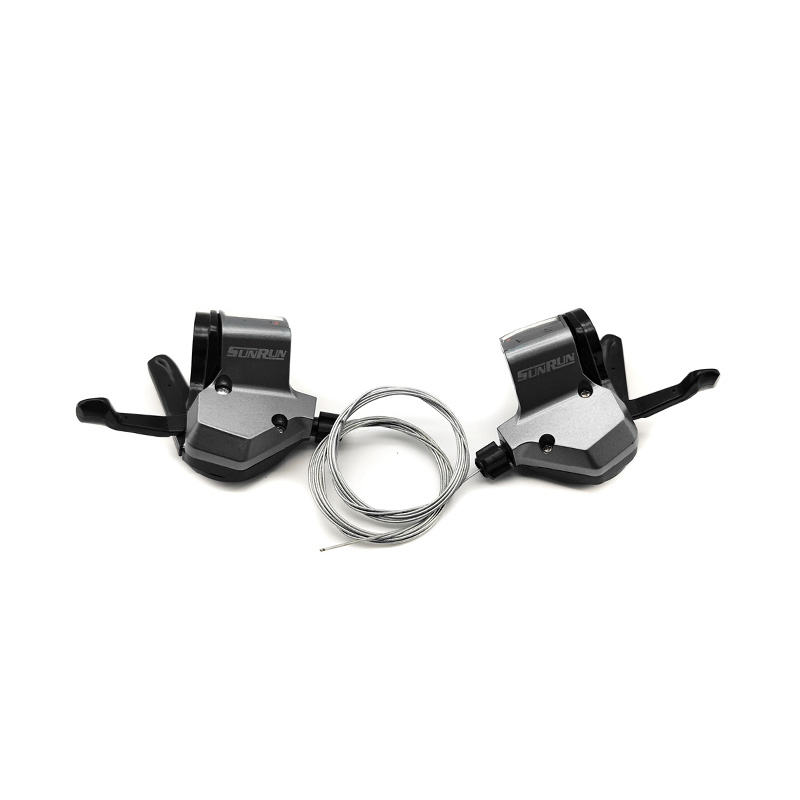 3x9S Bicycle Trigger Shifter
3x9S Bicycle Trigger Shifter
-
 3x7S Bicycle Trigger Shifter
3x7S Bicycle Trigger Shifter
-
 3x7S Bicycle Trigger Shifter With Brake Lever
3x7S Bicycle Trigger Shifter With Brake Lever
-
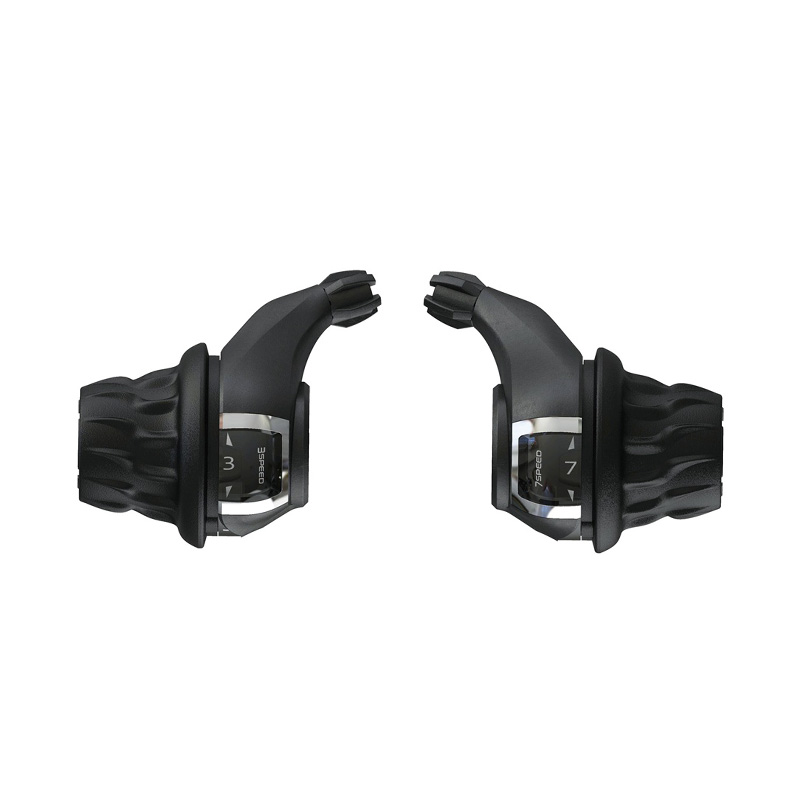 3x7S Bicycle Twist Shifter
3x7S Bicycle Twist Shifter
-
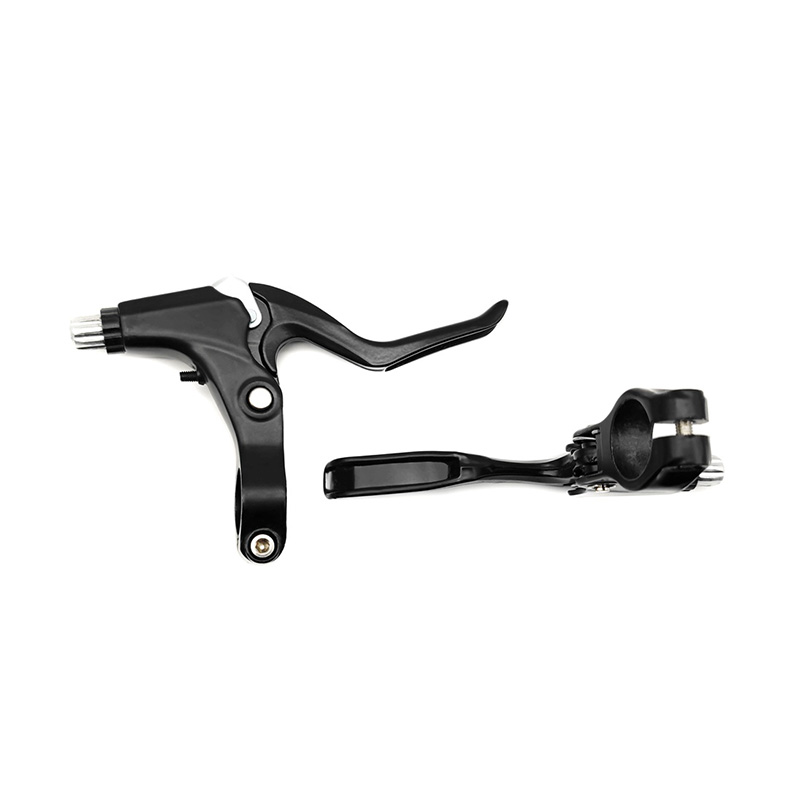 2-3 Fingers Full Alloy Bicyle Brake Lever
2-3 Fingers Full Alloy Bicyle Brake Lever
-
 2-3 Fingers Nylon-Composite with Steel Insertion Bicyle Brake Lever with Alloy Lever
2-3 Fingers Nylon-Composite with Steel Insertion Bicyle Brake Lever with Alloy Lever

 中文简体
中文简体 English
English

